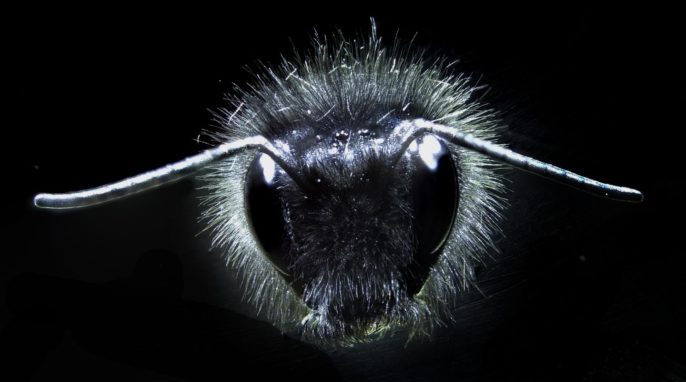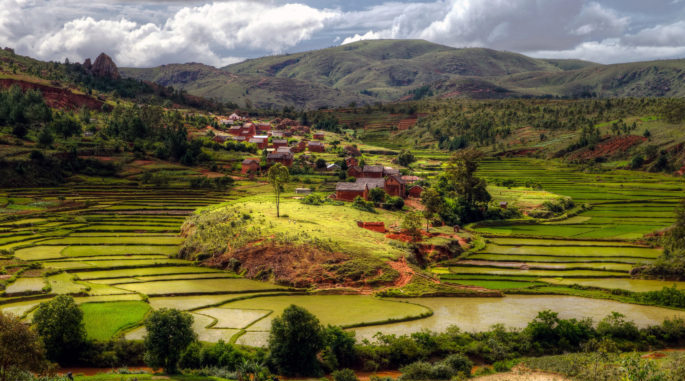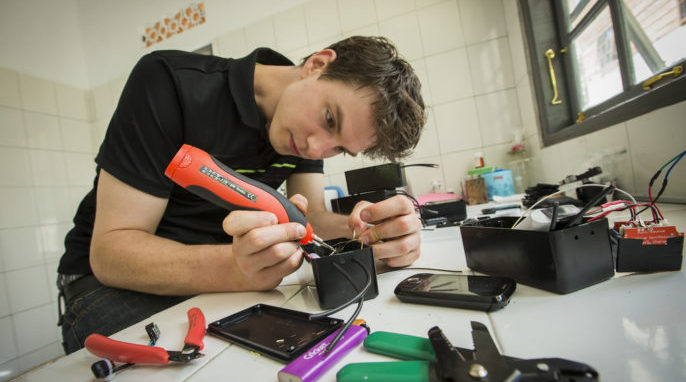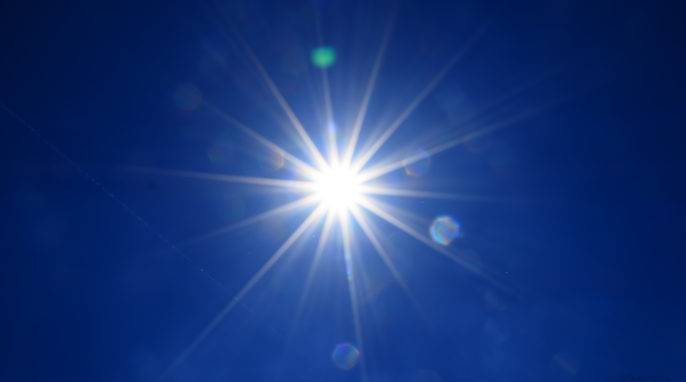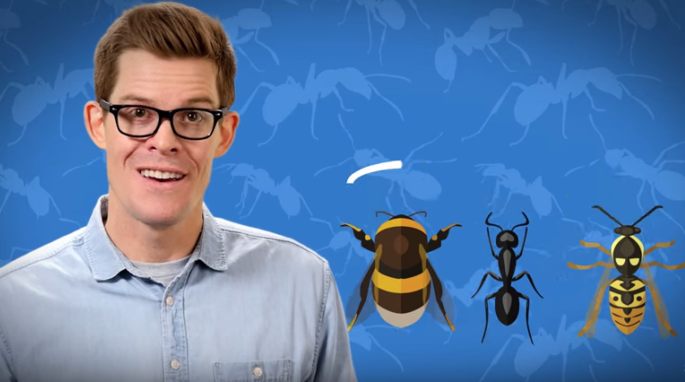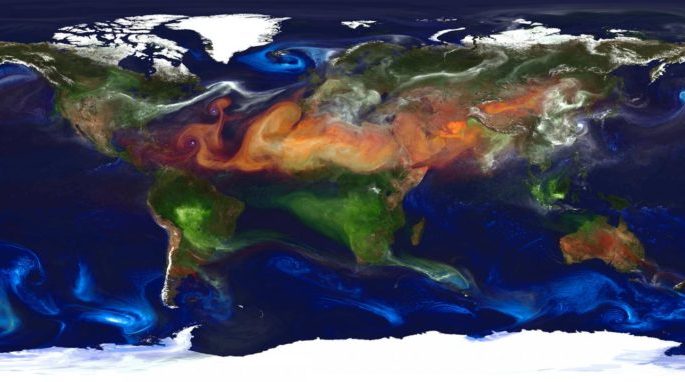Bumblebee Hairs Detect Floral Electric Fields
It is well known that bees dance to tell each other where to find the best flowers, but have you ever wondered how bees find the flowers in the first place? A new study suggests that each bumblebee has tiny hairs that vibrate in response to electrical signals transmitted by flowers. It’s been known for a while that flowers communicate with pollinators, such as bumblebees, by sending out electric signals. However, scientists have been wondering how the bees detect those floral messages. The Hair of the Bumblebee Researchers at the University…
Read More
